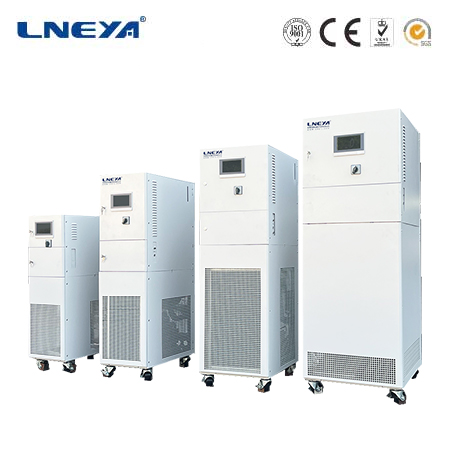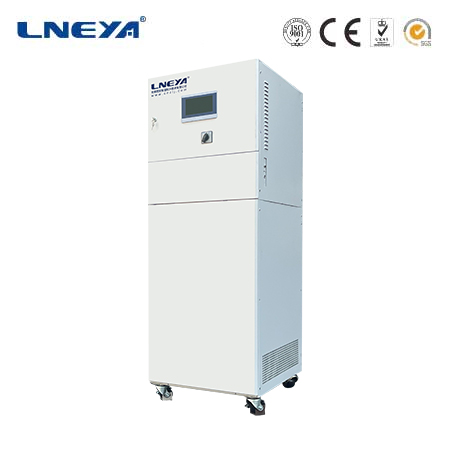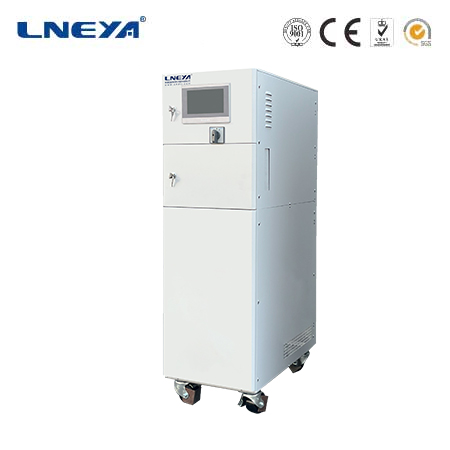laboratory thermostatic bath
Introduction to Laboratory Thermostatic Baths
Laboratory thermostatic baths, also known as water baths, are essential tools used across various scientific and industrial applications to provide controlled heating or cooling of samples. These devices consist of a thermostatically controlled container filled with water and an immersion circulator or heating element to maintain the desired temperature.

Definition and Components
A thermostatic bath is defined as a laboratory device used to maintain a stable and precise temperature environment for various processes. It typically includes a water-filled chamber, a heating element, a cooling element (in some models), and a thermostat to regulate the temperature.
Types of Laboratory Thermostatic Baths
There are several types of thermostatic baths, each designed for specific applications:
General-Purpose Water Baths: These are standard baths suitable for routine tasks with a typical temperature range up to 100°C.
Circulating Water Baths: These feature a pump that circulates water for uniform temperature distribution throughout the bath.
Shaking Water Baths: These combine temperature control with a shaking mechanism, ideal for applications requiring agitation.

Refrigerated Water Baths: These include cooling capabilities, allowing for temperatures below ambient, often down to -20°C or lower.
Digital Water Baths: These offer precise temperature control with digital displays and programmable settings for accuracy.
Analog Water Baths: These use manual controls and are typically more affordable but less precise than digital models.
Applications of Laboratory Thermostatic Baths
Laboratory thermostatic baths find extensive use in numerous scientific applications, including:
Sample Preparation: They are used for dissolving compounds, heating solutions, or maintaining specific temperatures during preparation.
Incubation: They are commonly used in microbiological laboratory work for incubating cultures.
Chemical Reactions: They enable certain chemical reactions to occur at high temperatures.
Tissue Culture Applications: They are used for maintaining the temperature of cell cultures.
Enzyme Reaction Studies: They provide a controlled environment for enzyme activity.

Benefits of Using Laboratory Thermostatic Baths
The benefits of using laboratory water baths include precise temperature control, uniform heating, versatility, and safety features that prevent overheating. They also offer improved sample mixing, enhanced temperature control, increased oxygenation, and efficient incubation.
Safety Guidelines for Laboratory Thermostatic Baths
Safety is paramount when using thermostatic baths. Users should follow manufacturer guidelines for operation and maintenance, ensure the bath is grounded to prevent electrical shocks, and use safety settings that prevent the water from heating to dangerous levels.
Conclusion
Laboratory thermostatic baths are indispensable in scientific research and industrial processes that require precise temperature control. Understanding the different types, applications, benefits, and safety guidelines is essential for selecting and using the appropriate water bath for specific laboratory needs. These devices play a critical role in ensuring the accuracy and reliability of temperature-sensitive processes.
Related recommendations
efficient portable heater
333Efficient Portable HeaterIn a world where flexibility and convenience in heating solutions are highly valued, efficient portable heaters have emerged as essential devices. Whether it's for warmin...
View detailslab chiller
211Lab Chiller: A Comprehensive GuideIn the intricate world of scientific research, maintaining precise temperature conditions is often the key to obtaining accurate and reliable results. Lab chille...
View detailssmall water chiller units
467What are Small Water Chiller Units?Small water chiller units are compact, self - contained cooling systems designed to lower the temperature of water, which is then used to remove heat from vario...
View detailsbest industrial chillers
396Best Industrial Chillers: A Global Perspective Introduction to Industrial Chillers Industrial chillers are crucial for maintaining optimal temperatures in a variety of processes across d...
View details
 LNEYA Thermal Test Chillers
LNEYA Thermal Test Chillers





HelloPlease log in